Substack #2: Hearts of stone, jars of jam
Preserving summer fruit and remembering gin fruit liqueurs of seasons past.
Oh my. Less than a week ago I published my first post here on Substack.
Since then, over a hundred people have read it, and I’ve unexpectedly acquired subscribers in double figures. Only three of you are people I already knew. Thank you all, whoever and wherever you are.
Here comes Episode 2 of life on my London allotment, where the plot is starting its slow oil tanker turn from summer into autumn.
This week’s Plot Shot
There’s an end-of-summer feel to the plot as we edge through the dog days of late August. It hasn’t been a heatwave summer like 2022 but the grass looks straw-dry and apples are starting to drop. Gladioli are already done flowering for the year and I’ve been slack at dead-heading the climbing roses, so there is tidying up to do and not much colour at height on the plot. The plot is mainly wearing green at this point in the season.
Current plot jobs
This weekend’s Big Job has been the annual pruning of the two ‘Tomcot’ apricot trees while the sap is still high in the trees and the pruning wounds heal fast in the sun. Each tree has grown almost two meters in height since last year’s chop, way over my head height and so useless if next year’s fruit is higher than I stretch. I loppered a wheelbarrow-full of pruned growth from each tree, which should keep next Spring’s blossom and fruit within reach.
We harvested fifteen gorgeous ripe apricots at the end of June, all kept at their best thanks to tying organza party bags around the branch for each fruit. Even if a fruit ripens and drops, the bag catches it until we’re next at the plot to untie it. It’s a brilliant idea for all stone and top fruit - we really should have thought if of it years ago! I reckon its possible that there’s a bit of a microclimate in each bag as well - the bag keeps the rain off and the protection helps keep a stable temperatue around the fruit which helps with ripening.
Frankly, the bags do look ridiculous flapping in the wind like surrendering handkerchiefs and they stand out, being white. But they’ve saved our fruit from infesting insects and pecking birds (especially the marauding flocks of green ring-necked parakeets).
I’ll admit that there’s an audacity to growing apricots on an allotment plot in Walthamstow. I’ll consider myself busted.
Apricot ‘Tomcot’ is a variety which doesn’t need to grow against a wall for extra heat, and is quite happy out in the open on an allotment. Occasionally the blossom gets blackened by a late February/early March frost, but our trees set fruit well last spring. Fifteen ripe apricots might not seem like many from two mature trees, but this year’s tally was over-double the magnificent seven of 2023. The trees were moved in January 2022 - exactly the wrong time of year to uproot mature apricot trees. It was brutal but necessary to keep the trees (they were on an adjacent plot which my husband was unfortunately forced to give up for health reasons), and they’ve taken time to recover, so we are grateful that they survived and are now thriving.
Harvesting now
2024 has been a good year for stone fruit across the site. In addition to the apricots back in June we have the biggest crop of greengages from the ‘Cambridge Gage’ that the tree has ever produced and what’s looking like the biggest crop of damsons since 2017.
Things got very out of hand in 2017.
We had so many ripe fruit and so little freezer space that we ended up driving around Walthamstow giving away carrier bags of damsons. I could probably have run a stall on Walthamstow’s famous mile-long (ish) High Street market with them. Luckily, several bags headed to Becky at her very lovely local gin palace, Mother’s Ruin.
Disreputable drinking
Mother’s Ruin is a well-loved local E17 institution which proudly upholds ‘London’s long and disreputable history of gin drinking’ from a very unglamorous light industrial estate. Becky has won several Great Taste Double Gold Star Awards for her damson gin liqueur bottlings since 2018, so I like to think that our 2017 E17-grown damsons helped start that run of awards.
Go and try Becky’s generous taster tray of fruit liqueurs on ice. Trust me on this. Don’t drive.
Putting allotment produce into booze, putting booze into the preserves or making booze from allotment produce is a bit of a theme around these parts. It gets experimental at times.
Damsons, quinces, figs and cherries from our plot have all met with a booze-y fate in cheap supermarket cooking gin, brandy or vodka. Some combinations have been more successful than others - I won’t be repeating the novelty Brussels sprout vodka, which looked like wee in a bottle and tasted roughly the same. Full of festive win it was not.
One of our newer plot-holders, Phil, has planted a grape vine. He’s enthusiastic and keen to make his own wine, but he’s going to need more than a three bunches of red cabernet grapes for his Chateau ‘Stow. Others around the site organise days of community apple pressing, squeezing juice out of their windfalls on an ancient press that gets wheeled out once a year.
Making and eating
With the exception of some 2024 vintage damson gin liqueur, we’re sticking to jams this year. So far we have a soft-set apricot with the cracked kernels stirred in for a bit of almond flavour and an oozy greengage with pecans for crunch.
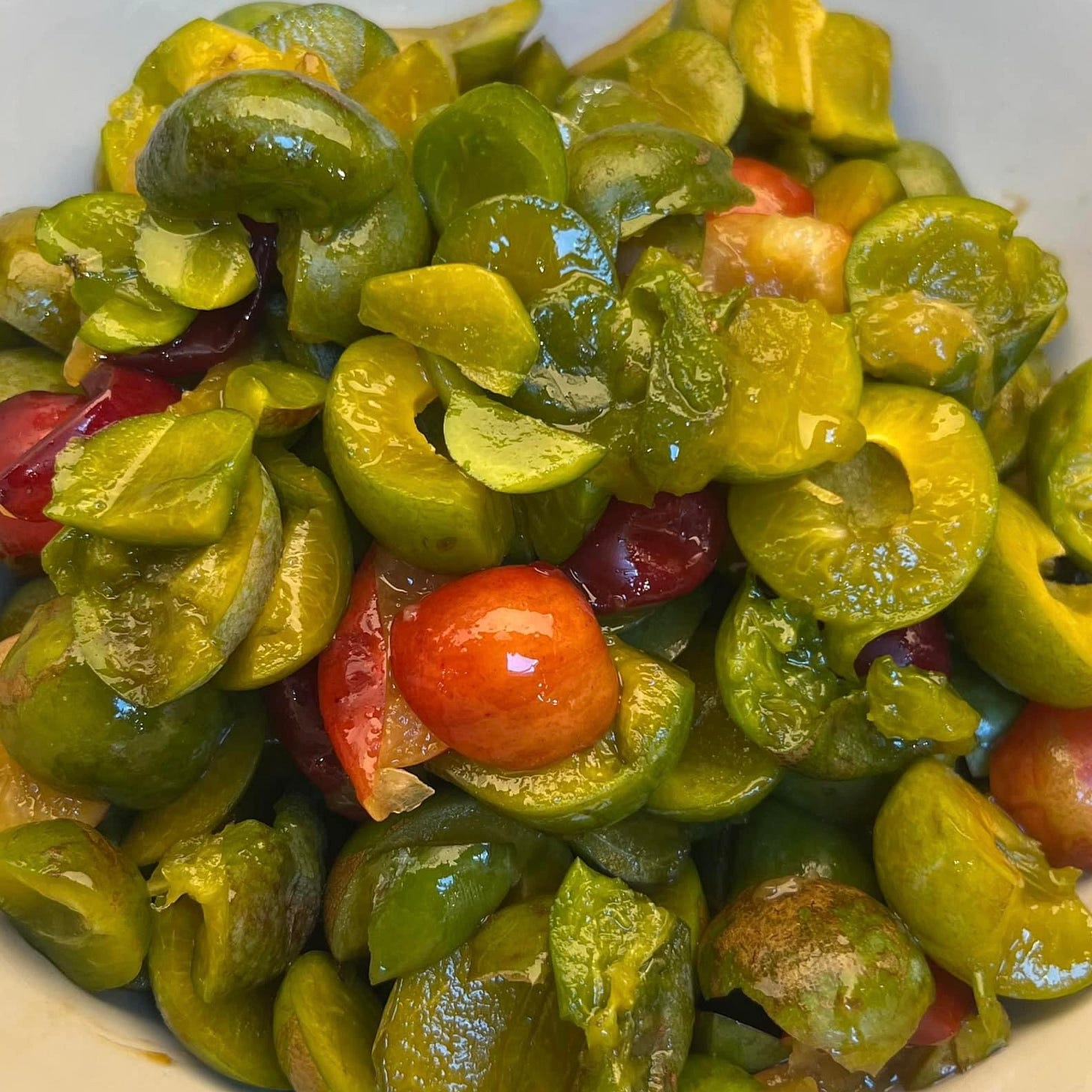
Damson jam is also on the horizon, as long as nobody steals the fruit off the tree before next weekend. They look ripe, with a beautiful blue dusty bloom, but are still hard as rocks. I’ve left them on the tree to ripen, hoping that the crop doesn’t get stolen as the fruit soften. With luck, we’ll pick them next weekend.
Disreputable behaviour
Sadly, thefts of produce are an occasional annoyance on allotments, despite everyone’s tenancy agreements expressly forbidding anyone to go onto a plot without the plot-holder’s permission.
But there are no fences or walls on open ground. Everyone relies on the goodwill and community spirit of everyone else on the site to maintain the protocols. Nevertheless there are still people who steal crops when there’s nobody around to see or stop them. We’re still working out how to deal with this on our site.
Our damsons were last stolen in 2022 (not a great year, but someone taking them all was a bummer), and our entire crop of medlars mysteriously vanished in the autumn of 2023. They were almost ready to pick, but I’d deliberately left them on the tree for one more week, as the weather forecast was for the first frost of the year. Somebody who knows about harvesting medlars clearly saw the forecast too, and got there after the mid-week frost before I did. Another bummer.
Medlars are unusual and not to everyone’s taste (or looks!), so I hope whoever filched them knew what they were getting. They are supposed to be eaten ‘bletted’ (left beyond ripening to decay and slightly rot, usually after a hard frost). Bit niche, medlars.
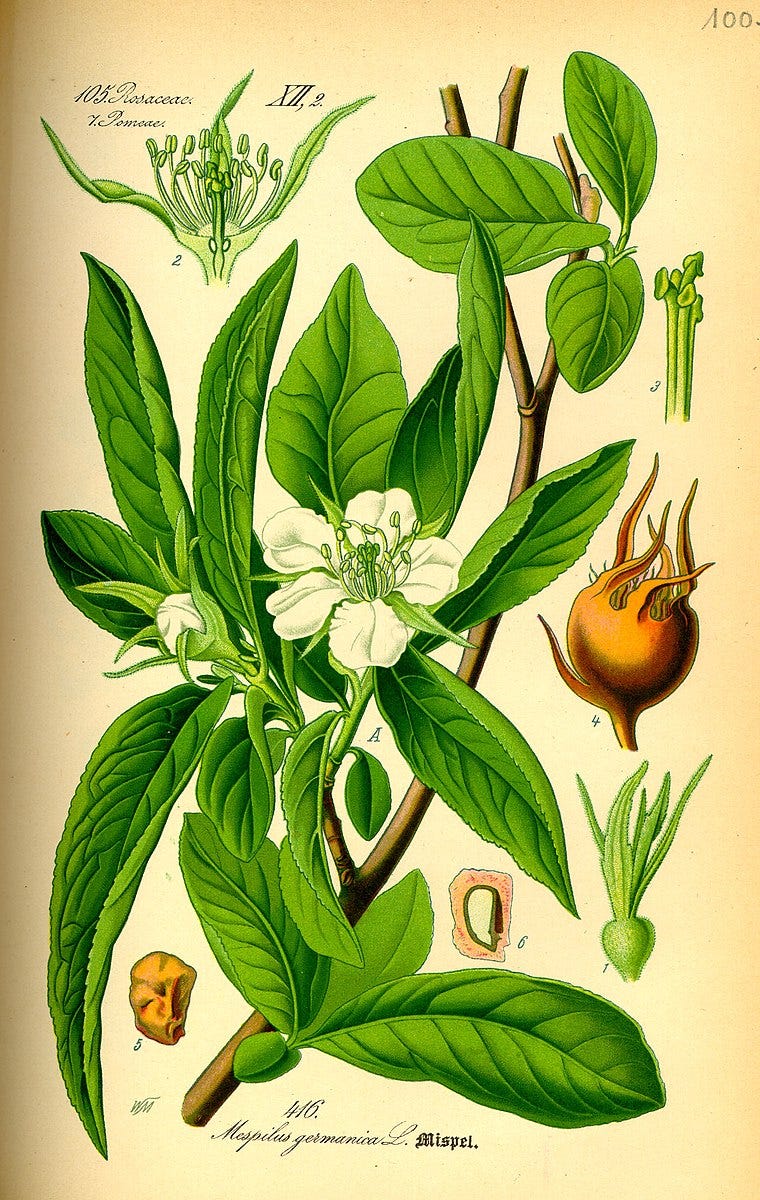
In fact, I’ve just discovered that in Saarland, Germany a schnapps is made from medlar fruit, refined with hawthorn. And just like that, we’re back to the experimental booze again…
This is ‘Plants and Practice’, stories from my London allotment. Thank you for reading. These instalments are public and currently free to everyone so do feel free to share.
Being new here, I’m not flattering myself that anyone will want to read my nattering, let alone pay for the privilege. Let’s see how this goes over time.
Expect photos of wonky vegetables, ramshackle sheds made of skip-shopped recycled materials and the odd urban fox.

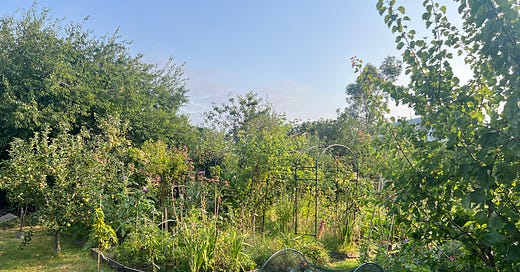



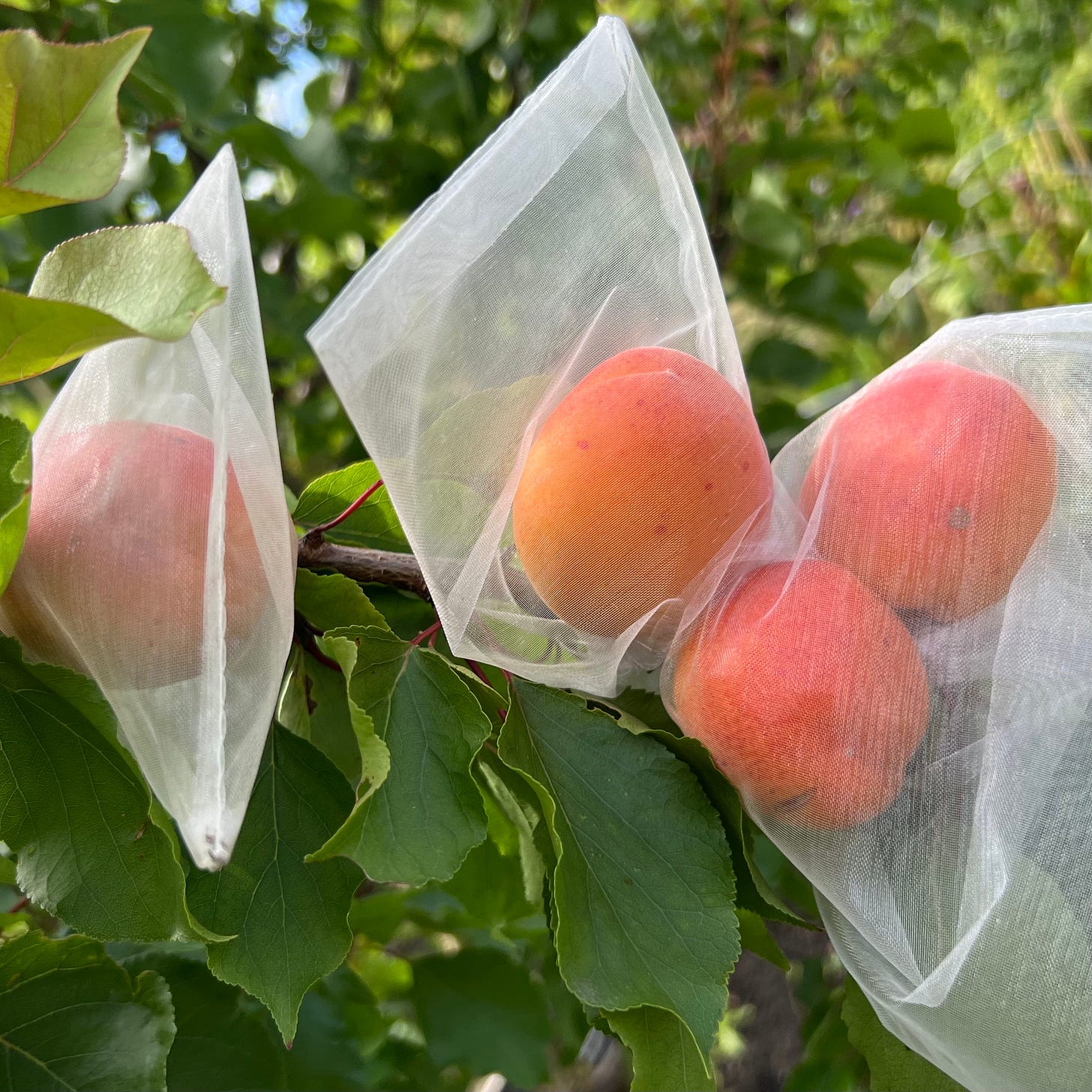

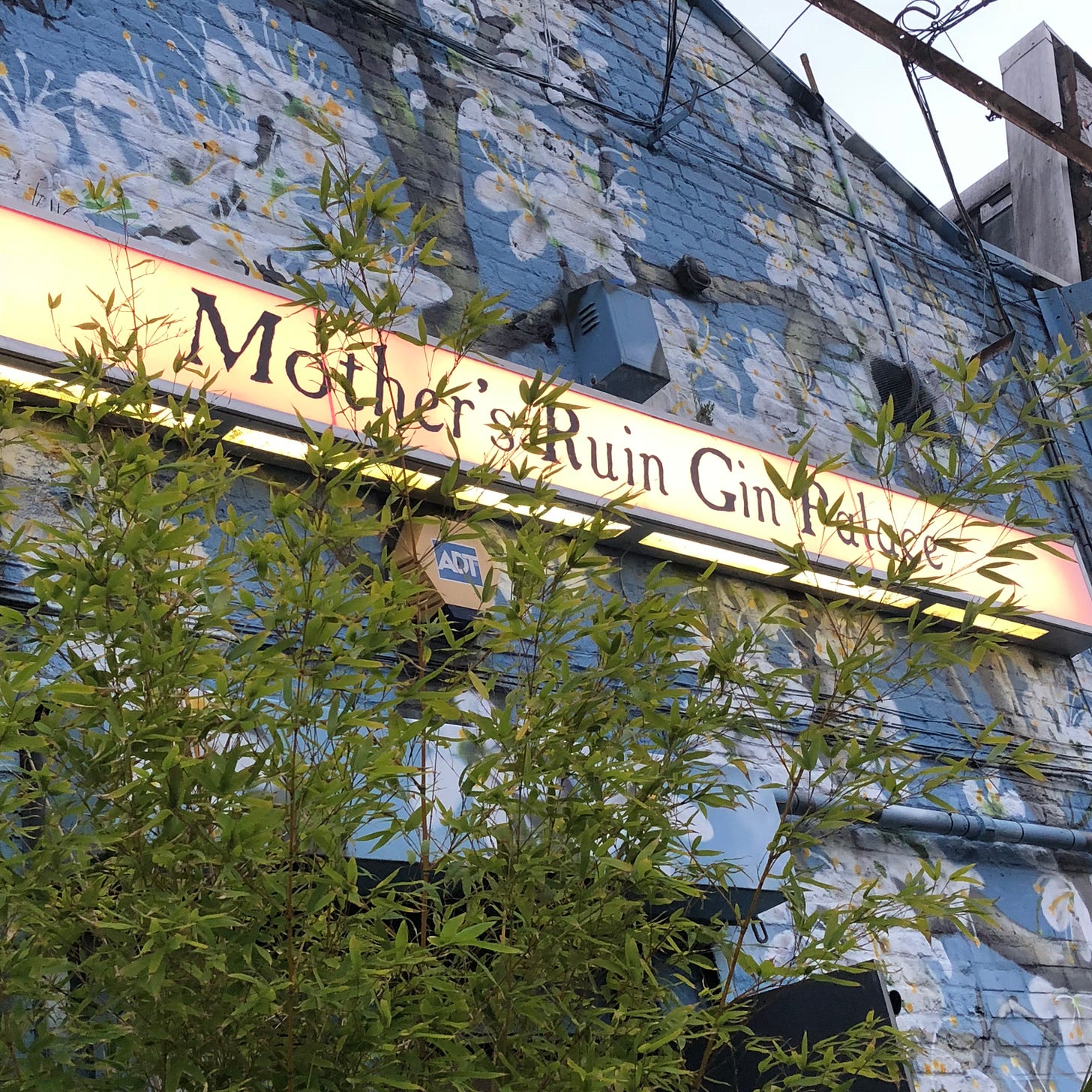
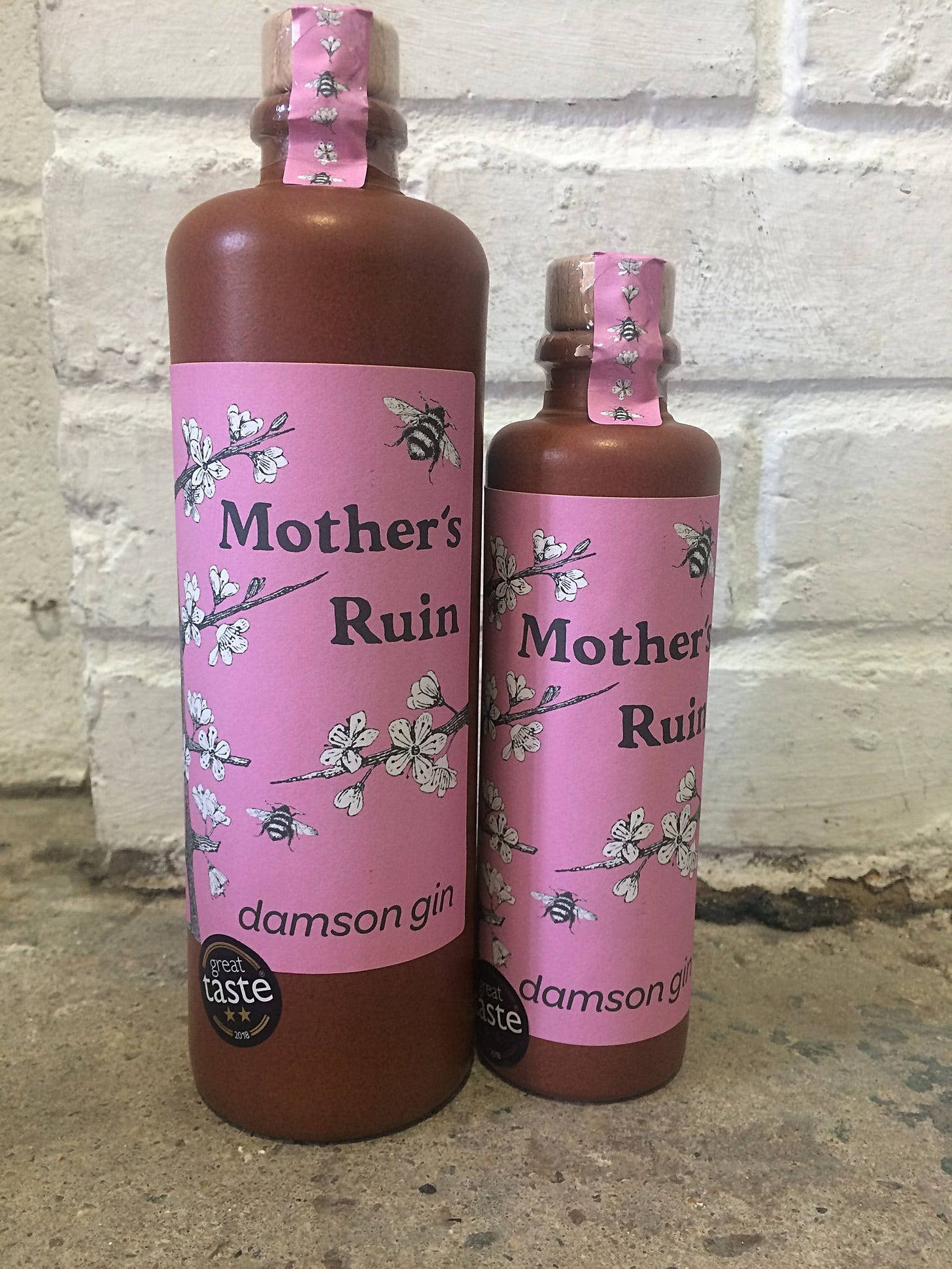
On the topic of stolen fruit. As a kid, I loved our apple trees! They were planted next to the road. A country road, however, a busy country road. One day, the marvels of the fruit tree’s production would be there for our applause, the next day, the tree’s bounty gone! So, we posted signs. “THESE TREES INFECTED WITH MALUS DOMESTICA”. The loss of apples significantly diminished from our lovely Jonathan apple trees. Stealing ripe fruit is also very bad karma!
This was a fun read. Subscribed.